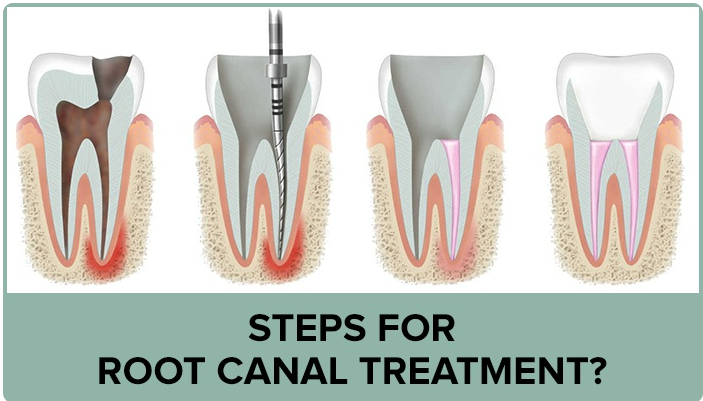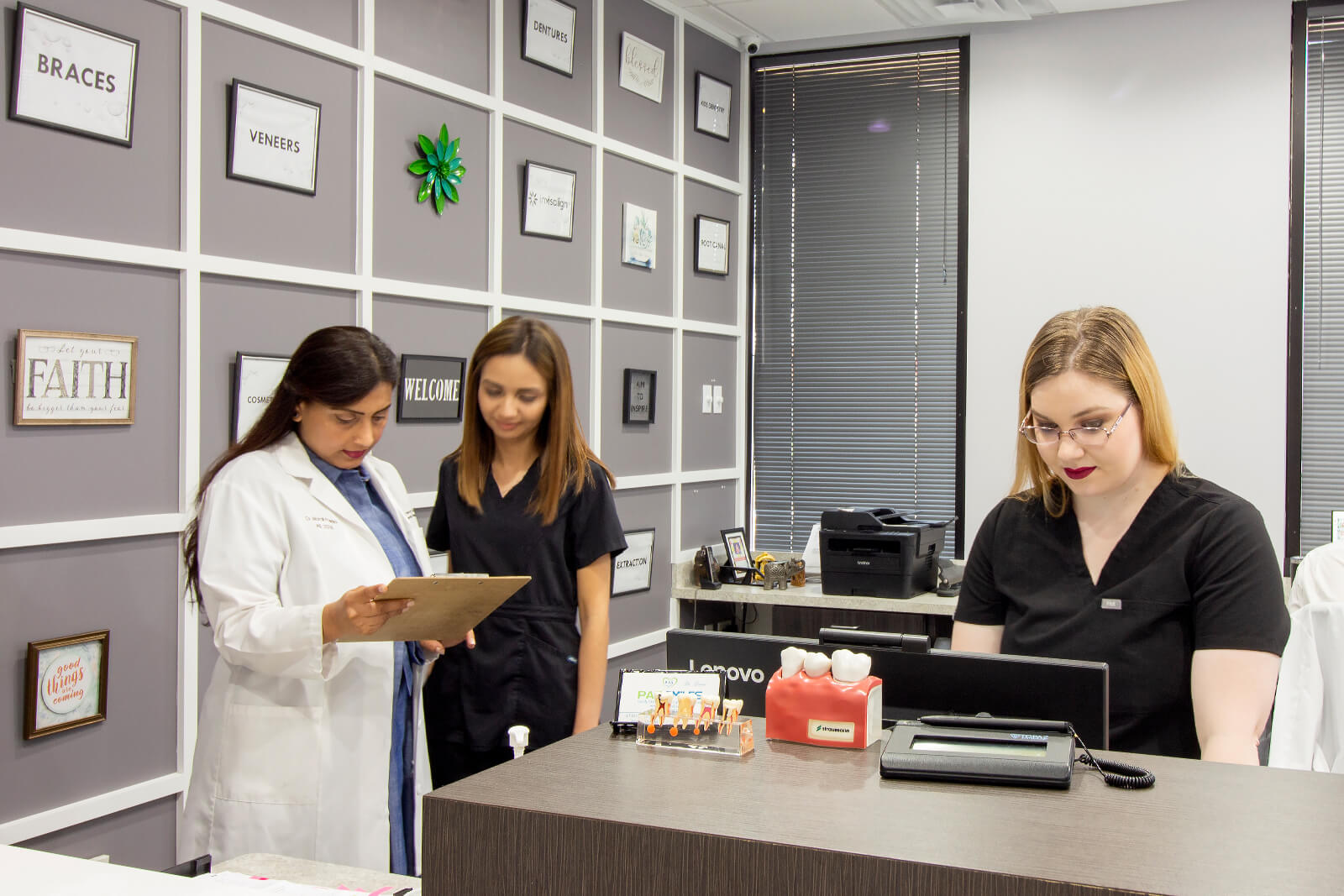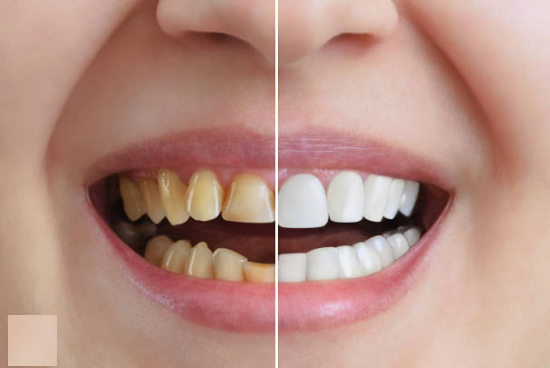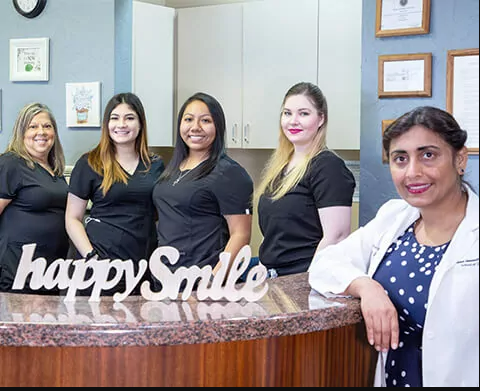-
Mon-Fri (8:30 AM - 5:30 PM)
Sat (8:30 AM - 3:00 PM), Sun (Closed)
-
3730 FM 2920 Suite 102
Spring, TX, 77388
-
Call
(832) 430-6010

What happens during the root canal process
During a root canal process, also known as endodontic treatment, the goal is to save a tooth that is severely infected or damaged. It involves removing the infected or diseased pulp (the soft tissue inside the tooth), cleaning and disinfecting the root canals, and then filling and sealing them to prevent further infection.
Here is a step-by-step overview of what typically happens during a root canal process:
1. Examination and X-rays: The dentist or endodontist examines the tooth and takes X-rays to assess the extent of the damage and determine if a root canal is necessary.
2. Anesthesia: Local anesthesia is administered to numb the area around the affected tooth, ensuring that you are comfortable throughout the procedure.
3. Tooth isolation: A rubber dam is placed around the tooth to keep it dry and isolate it from saliva and other oral fluids during the procedure.
4. Access to the pulp chamber: The dentist creates a small opening in the tooth, usually by drilling through the top (occlusal) surface of the tooth or from the back (if it is a molar).
5. Removal of infected pulp: Special dental instruments called files are used to carefully remove the infected or damaged pulp from the pulp chamber and the root canals. The dentist may also use irrigation solutions to flush out debris and disinfect the area.
6. Shaping and cleaning the root canals: The dentist uses tiny instruments, called files, to clean and shape the root canals. The canals are gradually widened and shaped to ensure complete removal of bacteria, infected tissue, and debris.
7. Medication (optional): In some cases, an antibacterial medication may be placed in the canals to help eliminate any remaining bacteria and reduce the risk of reinfection. The dentist may choose to leave the canals open and place a temporary filling to allow the medication to work before sealing the tooth in a subsequent appointment.
8. Filling and sealing the canals: Once the canals are thoroughly cleaned and shaped, they are filled with a biocompatible material called gutta-percha. This material is placed in the canals to seal them and prevent the re-entry of bacteria. The opening in the tooth is then sealed with a temporary or permanent filling.
9. Restoration: After the root canal is completed, the tooth will likely require a restoration, such as a dental crown or filling, to strengthen and protect it from further damage. This restoration helps restore the tooth's function and appearance.
It's important to note that the exact steps may vary depending on the complexity of the case and the dentist's preferred techniques. In some situations, the root canal procedure may be completed in a single visit, while others may require multiple visits for optimal treatment.










